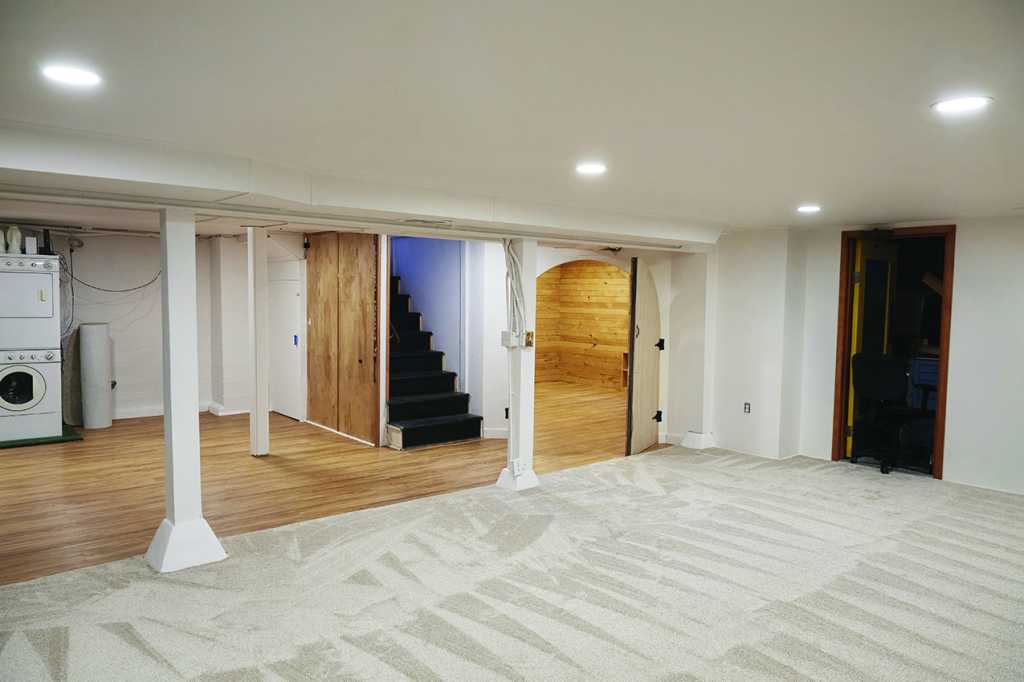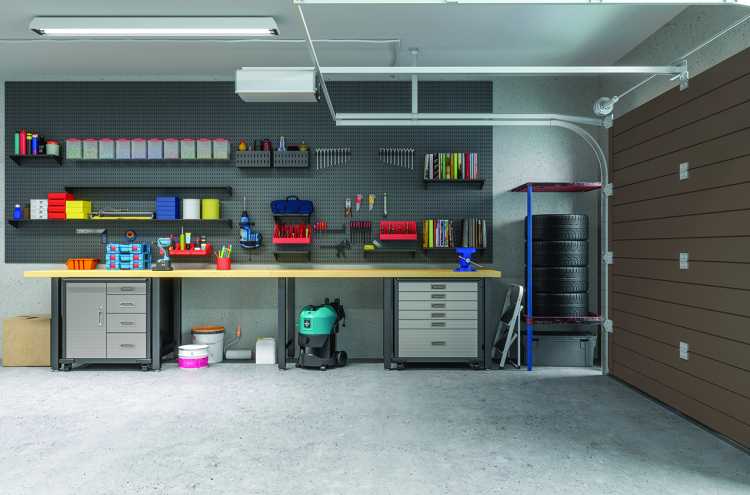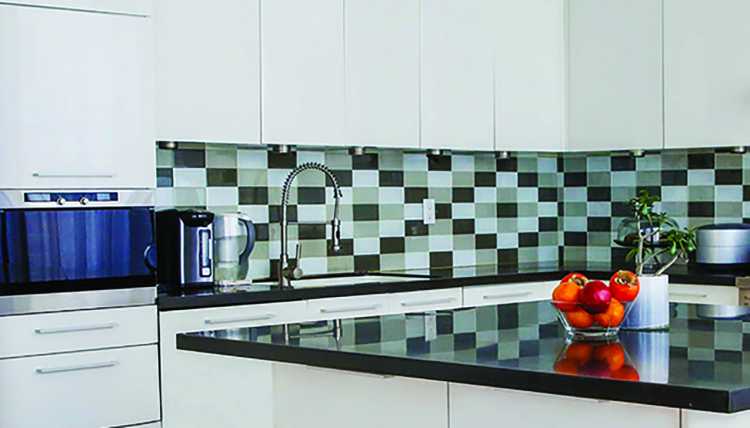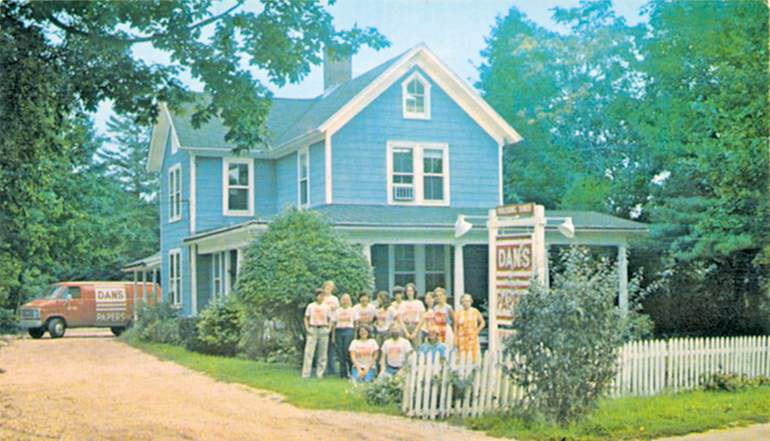Homeowners know that there’s no shortage of work required to maintain a home. Whether it’s a renovation project designed to make a home more comfortable or a safety-related remodel, homes require a significant amount of TLC.
Mold remediation falls under the umbrella of safety-related renovations. Various types of mold can grow in a home, and such infestations may develop just about anywhere in a house. According to the Rhode Island Department of Health, exposure to mold can contribute to an array of adverse health consequences, including allergy symptoms such as runny nose, watery eyes, sneezing, difficulty breathing, and headache. Prolonged exposure can cause allergic reactions to become more severe.
Various points in a home can be vulnerable to mold infestation. The New York State Department of Health notes that identifying and controlling moisture is the key to preventing mold infestations in a home. Certain points in a home, if left unchecked, are more likely to promote mold growth than others. As homeowners work to maintain their homes so the environment inside their walls is as comfortable and healthy as possible, they can routinely inspect potential mold infestation points and do their best to keep these areas as free from moisture as possible.
Roof: A sturdy, leak-free roof can help prevent a buildup of moisture that can contribute to mold growth.
Indoor Plumbing: Check the pipes beneath sinks throughout the home, including those in the kitchen and bathrooms. Homeowners whose washrooms have a slop sink or utility sink should inspect these areas for leaky plumbing as well.
Outdoor Drainage: Maintaining effective outdoor drainage is another way to prevent mold growth in a home. This typically requires maintaining gutters and drains so they do not become clogged during or after rainstorms. Gutter guards can prevent gutters and drains from clogging. Homeowners also may want to work with a landscaper or landscape architect to ensure soil around the house slopes away from the foundation, which can prevent water from pooling near the walls. When water pools near the walls, this can contribute to foundation problems and make it easier for mold to grow.
Basements & Crawl Spaces: Basements and crawl spaces are vulnerable to mold infestations because they tend to be dark and cool, which can contribute to dampness that facilitates mold growth. The Rhode Island Department of Health recommends using a dehumidifier in basements and crawl spaces.
Bathrooms: Steam from hot showers also can contribute to mold growth if the bathrooms do not contain exhaust fans. Such fans can remove excess moisture that makes it easy for mold to grow.
Mold can pose a notable health threat in a home. But homeowners can keep an eye on various areas of their home and implement measures to keep such spaces dry and less mold-friendly.
-Metro Creative Connection
For more home improvement articles, click here.





















